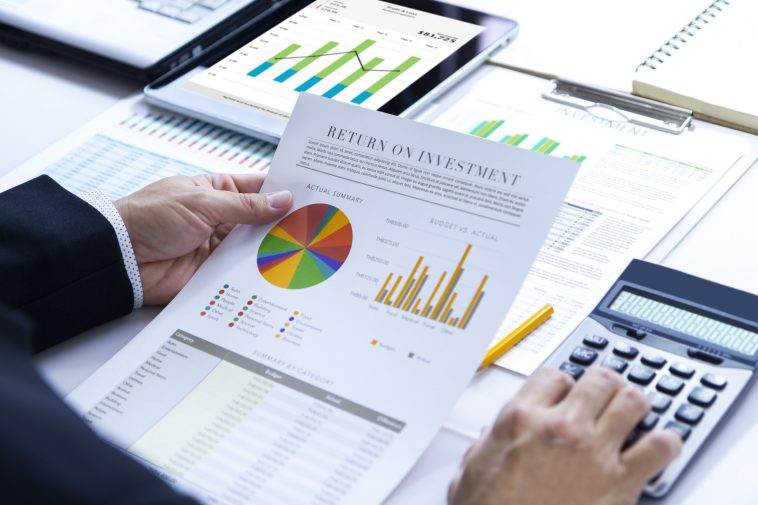We all know promised returns aren’t guaranteed, but they get us excited about investing in the first place – along with the fear of missing out. Like much financial jargon, risk assets must understand what we’re signing up for.
What are the risk on assets in investing, and how do they affect our returns? Read on to learn more about these volatile assets and what we can do about them.
What Are Risk Assets in Investing?
Regarding buying, risk assets are financial tools or investments that carry a higher level of risk than “low-risk” choices. These assets have a higher chance of losing money but also a higher chance of making more money.
Investors are willing to accept the increased risk in exchange for the possibility of earning higher profits. Some common examples of risk asset investments include:
Stocks
Shares of ownership in publicly traded companies. Stock prices can fluctuate significantly based on market conditions, economic factors, and company performance.
Bonds
Debt securities issued by governments, municipalities, or corporations. Bonds have varying levels of risk, with government bonds generally considered less risky compared to corporate bonds.
Exchange-Traded Funds (ETFs)
Similar to mutual funds, ETFs also pool investors’ money to invest in a diversified portfolio of assets. ETFs are traded on stock exchanges like individual stocks.
How Can You Manage Risk?
Managing risk is a crucial aspect of investing and financial decision-making. Here are several strategies and techniques commonly used to manage risk:
Diversification
Diversifying your collection of investments is one of the best ways to deal with danger. By spreading your investments across different asset classes, businesses, and regional places, you lessen the effect that the success of any one investment has on your portfolio as a whole.
Diversification lowers the danger of each individual purchase and can improve results over the long run.
Asset Allocation
It is very important to figure out the right mix of asset types based on your risk level, financial goals, and time frame. Asset distribution is the process of dividing your investments among different types of assets, like stocks, bonds, cash, and other investments.
A well-balanced asset allocation plan can help control risk by lowering exposure to any one asset type.
Risk Assessment and Analysis
It is very important to do a full risk assessment and study of possible options. This means studying and knowing the risks that come with each business, such as market, credit, cash, and operating risks.
Evaluating risk factors can help you choose options that fit your risk tolerance and help you make smart investment decisions.
Regular Monitoring and Review
Regular monitoring and review, as well as risk management for cryptocurrency investments, is important for effective portfolio management.
This process lets you keep track of any changes in the market, evaluate how your investments are doing, and make any needed changes to your portfolio.
Unleash the Power of Risk Assets and Seize the Potential Within
Risk assets are one of the best ways to make money because they come with the possibility of a high return but also a lot of risk. In the end, it’s important to know how much risk you’re willing to take and talk to a financial adviser about the risks and benefits of dealing in risk assets.
Start now to have a bright financial future!
Did you learn something new from these investment tips? If so, be sure to check out our blog for more educational content.



